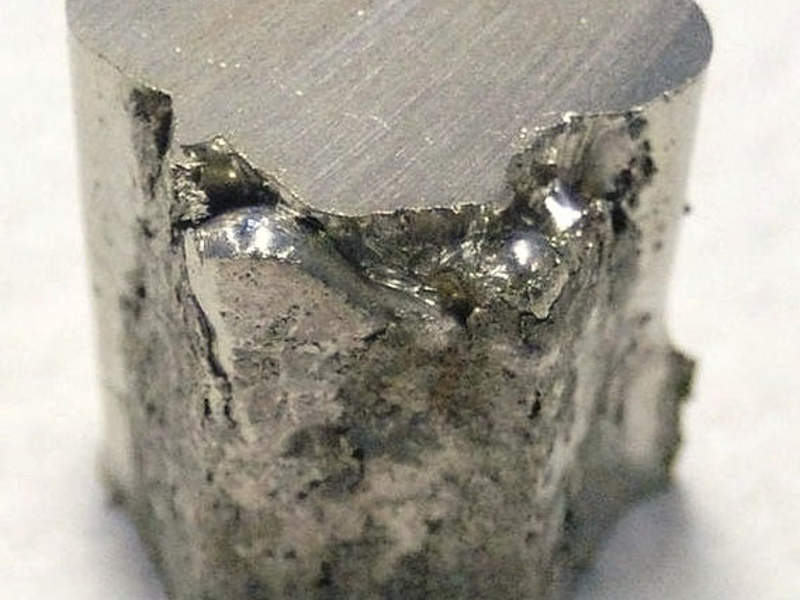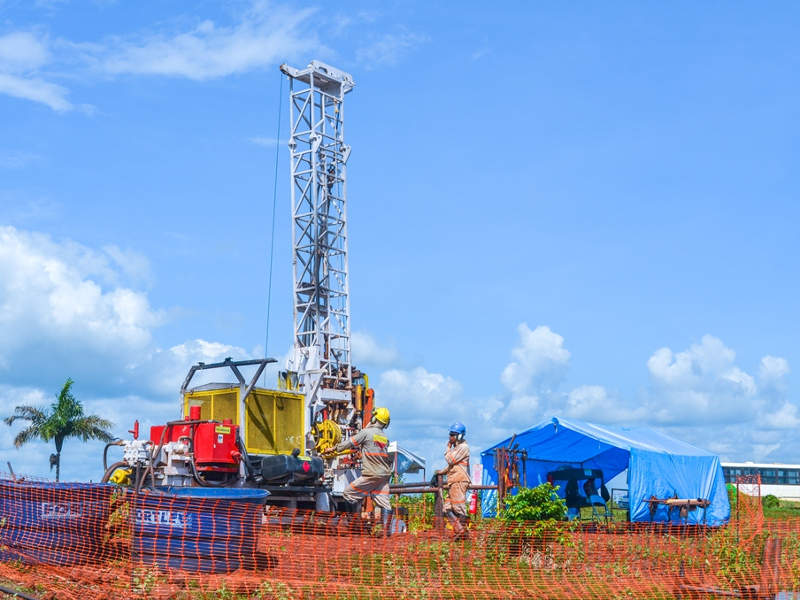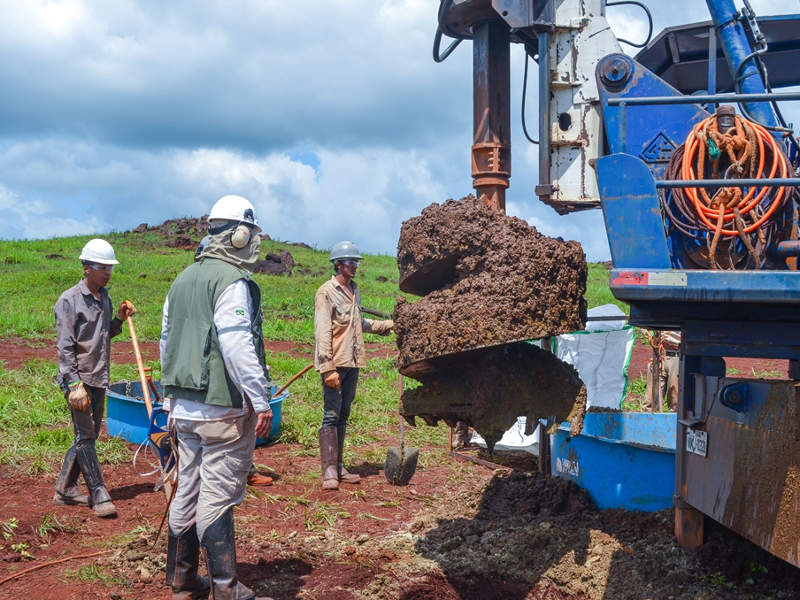Located in the Pará State of Brazil, the Araguaia nickel laterite project is considered to be one of the world’s biggest undeveloped saprolite nickel resources. The high-grade nickel laterite project is estimated to contain 233,200t (515Mlb) of nickel and 25,580t (56Mlb) of cobalt.
Horizonte Minerals fully owns the project, which is expected to have a 28-year life and two years of pre-production, which includes plant construction time. It is estimated to produce approximately 14,500 tonnes per annum (tpa) of nickel, during the initial phase, through rotary kiln electric furnace (RKEF), for which Horizonte conducted a pilot test during April-May 2015.
The project also includes the Glencore Araguaia nickel project (GAP), the acquisition of which was completed in August 2016. GAP was acquired from Xstrata Brasil Exploraçâo Mineral under an agreement entered in September 2015.
The pre-feasibility study (PFS) of the Araguaia project was completed in 2016, while the feasibility study (FS) results were released in October 2018. The FS proposed the construction of a second RKEF process plant in the second phase, with an aim to double the output from 14,500tpa to 29,000tpa. The phase two expansion, proposed from the third year, is estimated to support a 26-year mine life yielding a cash flow of $2.6bn post-taxation.
The project obtained a preliminary licence (PL) in 2017 and construction licence from the Brazilian Pará State Environmental Agency (SEMAS) in January 2018. Horizonte expects to start production from the first phase by 2021.
Araguaia nickel project geology and mineralisation
The Araguaia nickel laterite project lies within the Neoproterozoic Araguaia Fold Belt, a north to south trending orogenic zone along the contact of the Amazon Craton to the west and São Fransisco Craton to the east.
The belt comprises metamorphosed and deformed marine-clastic sediments of the Tocantins Group and is split into two parts, namely Estrondo Formation and the Couto de Magalhães Formation. The Estrondo Formation comprises mostly of greenschist to amphibolite facies grade-metamorphosed sediments, while the Couto de Magalhães Formation hosts weakly-metamorphosed marine pelites.
The project includes 18 nickel laterite targets, of which mineral resources were estimated for 14 deposits. Nickel laterites present in the deposits are believed to have formed in a seasonally wet tropical climate on altered serpentinised peridotite.
The nickel laterite deposits are developed on peridotites, which are a part of mafic-ultramafic complexes.
Araguaia nickel project reserves
The Araguaia nickel project is estimated to contain probable reserves of 27.29Mt of ore grading 1.69% Ni, 17.15% Fe, and 4.94% Al2O3.
Mining and Processing of ore at Araguaia
Horizonte Minerals proposes to use typical truck and excavator mining methods at the Araguaia nickel project. The open-pit mine is expected to produce run-of-mine (RoM) ore from eight open-pits (deposits) and supply 0.9Mt of ore to a processing and smelter facility.
Ore will be stockpiled initially according to the rock type (limonite, transition, and saprolite) before forwarding to the processing facility. The RKEF process at the processing and smelter facility will comprise one primary and one secondary crushing station, one ore homogenisation facility, and one RKEF production line.
Run-of-mine ore from the open-pit will be blended, homogenised, partially dried, and agglomerated in a rotary drier before feeding to the rotary kiln, where the ore will be completely dried and calcined to remove chemically-combined moisture.
Calcine from the kiln will then be transferred to the electric furnace where final reduction, melting and separation of the metal and slag will be done at high temperature. After tapping, the metal will be transferred by ladle to the refining stage.
The final FeNi product containing 30% Ni (FeNi30) will be granulated with water, screened, dried, and stockpiled. It will be packed in containers and shipped directly to the clients through the Vila do Conde Port.
Infrastructure facilities at Araguaia
Power supply will be made through a new 500kV line that will run from Parauapebas to Miracema. A new 500/230kV step-down substation and a 230/13.8kV substation will be constructed for the same at the project site.
Water for the project will be sourced from the Arraias do Araguaia river through a 10km purpose-built pipeline.
Employee accommodation is proposed to be provided at the town of Conceição do Araguaia.
Contractors involved
For the feasibility study, Horizonte has engaged Steinweg Handelsveem to study the Material transport and logistics, while SM&A Electrics was engaged for reviewing the power infrastructure and power transmission line.
VCE Mine Consultancy was engaged to conduct mining permit reporting, while Environmental Resources Management (ERM) was entrusted with the hydrogeology and the environmental and social permitting aspects as part of the feasibility study.
Worley Parsons Group will undertake the process engineering study, while Snowden Mining Industry Consultants is responsible for mine planning, mineral resource estimate, and reserve estimate.
Snowden, IGEO Mineração Inteligente, KH Morgan and Associates, and Prime Resources participated in the preparation of the project’s technical report.






